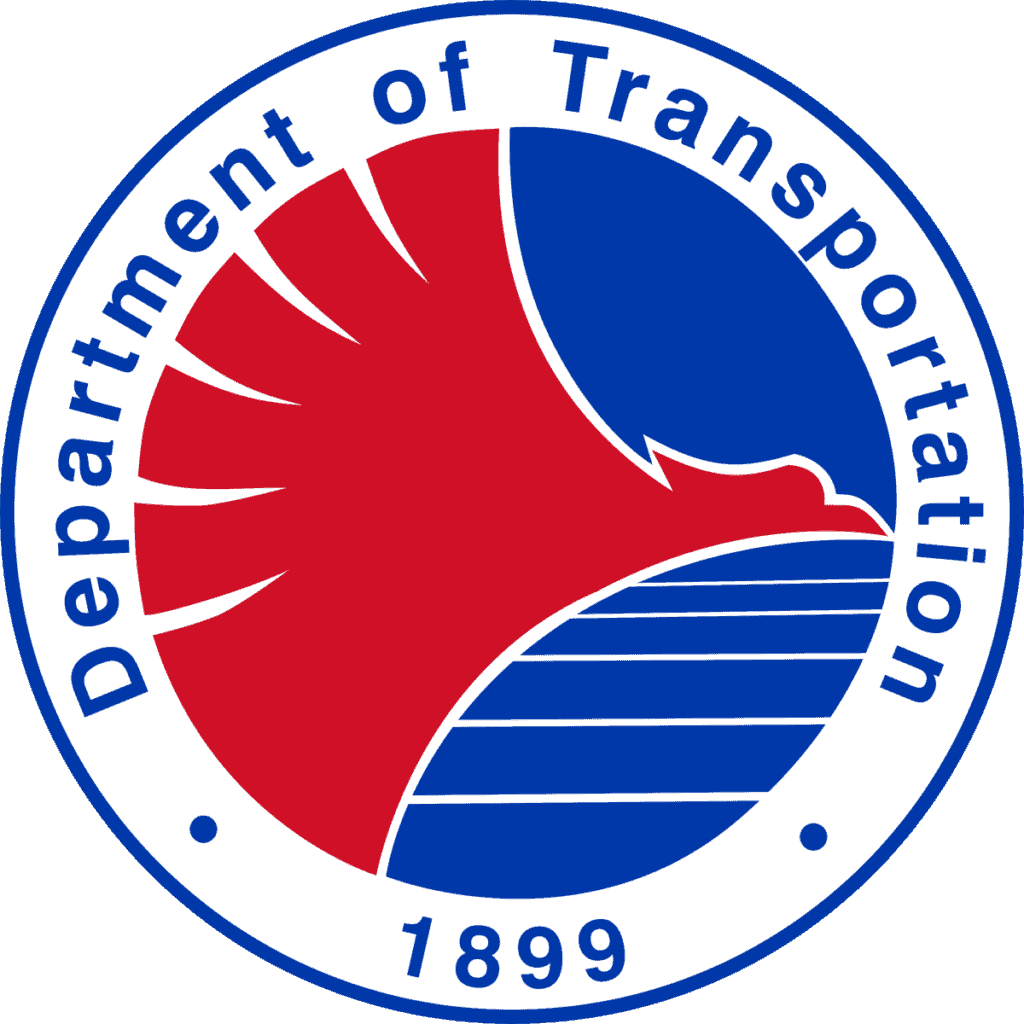
Of the Department of Transportation (DOTr)’s proposed P19.8 billion 2022 budget for Road Transport, only P1 million was included in the National Expenditure Program (NEP).
Needless to say, it was a preposterous amount.
“More funds should be allotted for the road sector, P1 million will not suffice,” DOTr Secretary Art Tugade stressed during the Senate Committee on Finance Hearing on Thursday, Sept. 30, 2021.
He appealed for Senate assistance to increase the budget, especially now in pandemic times.
For locally funded projects for the road sector, the DOTr proposed P13.2 billion, while foreign-assisted projects (FAPs) amounted to P6.61 billion.
Of the total P13.2 billion for local road projects, the DOTr allotted P10 billion for Service Contracting Program, P1.5 billion for Active Transportation Infrastructure and Related Programs, P800.71 million for PUV Modernization Program , P472.97 million for EDSA Busway Project, P125.91 million for Makati-BGC Greenways, P40 million for the Feasibility Study for Ilocos Norte Transport Hub, P10.71 million for Taguig City Integrated Terminal Exchange and P100 million for the Feasibility Study for Bataan Bus Rapid Transit.
The agency also proposed counter-part funding for the FAPs such as the EDSA Greenways Project (P243.47 million), Davao High Priority Bus System (P3.59 billion), Cebu Bus Rapid Transit (BRT) Project (P2.47 billion) and the Metro Manila BRT Line Project – Quezon Avenue (P300 million).
Furthermore, “It is not true that DOTr only proposed funding for the rail sector,” Transport Undersecretary for Railways TJ Batan clarified. “
“We proposed funding for all of DOTr’s four sectors, including projects in the road, maritime, aviation, and railways sectors,” he elaborated. “It just so happened that most of the funding approved by the Department of Budget and Management (DBM) are for railways sector projects.”
While the road sector should be allotted with more budget, the DOTr pushed for more rail projects to close the gap created by decades of compounded under-investment.
The country also needs to catch up with its neighbors in terms of railways infrastructure because the Philippines ranked 119th, at the bottom of 119 countries, which the World Bank surveyed in 2019.
“We need to close the massive infrastructure gap in the rail sector,” Secretary Tugade reiterated.
“Most of the rail projects the DOTr is catching up on implementing were conceptualized, planned, and started decades ago, such as the Mindanao Rail in 1957, the Metro Manila Subway in 1973, the North South Commuter Railway or PNR Clark in 1994, LRT-2 East Extension in 1999, LRT-1 Cavite Extension in 2000, MRT-7 in 2001, and the Common Station in 2006,” Usec. Batan added.
“Cars, jeeps and buses can no longer handle the demand of a dense population,” he argued. “We need higher capacity public mass transport and the highest capacity land-based transport is the rail sector.” A single train set of the North South Commuter Railway at Metro Manila Subway with eight coaches per set is capable of carrying passengers equivalent to what 1,318 cars, 224 jeeps or 64 buses can accommodate.
Article and Photo originally posted by Manila Bulletin last October 1, 2021 2:11 pm and written by Emmie V. Abadilla.







More Stories
Vista Land Celebrates 50 Years with Sandiwa: An Event Honoring Leadership, Legacy, and the Filipino Dream of Homeownership
Vista Land Celebrates Love Month in Ilocos Region
Vista Land Bridges Cebuano Heritage and Progress with Valencia by Vista Estates